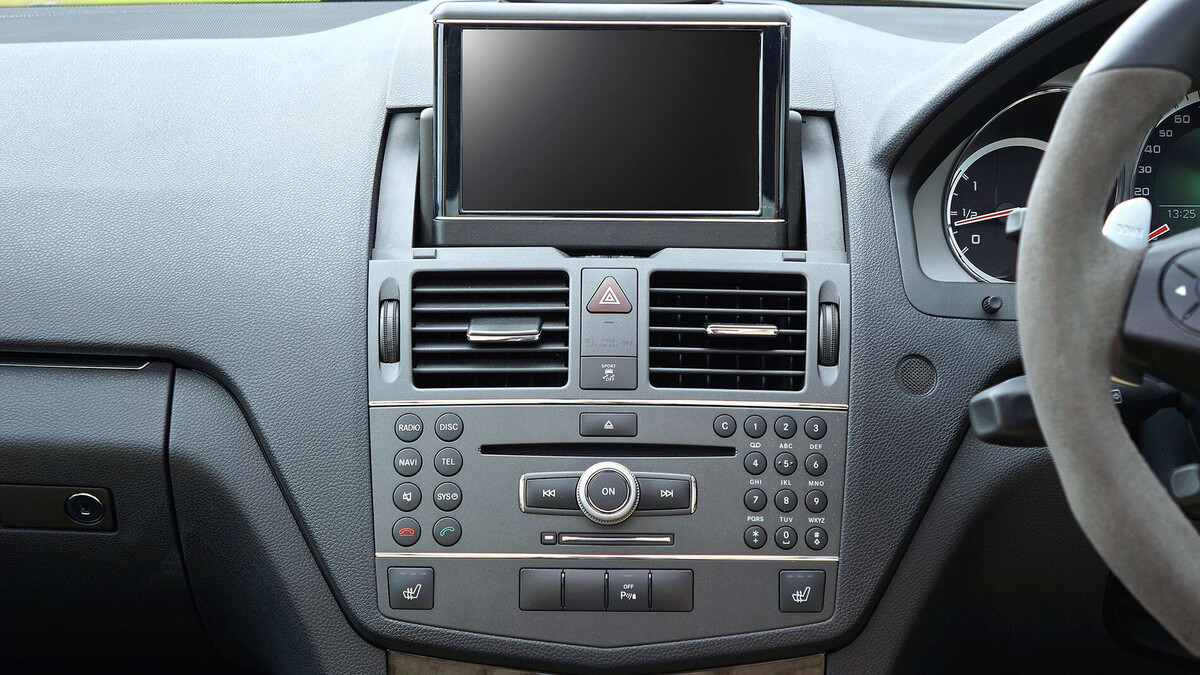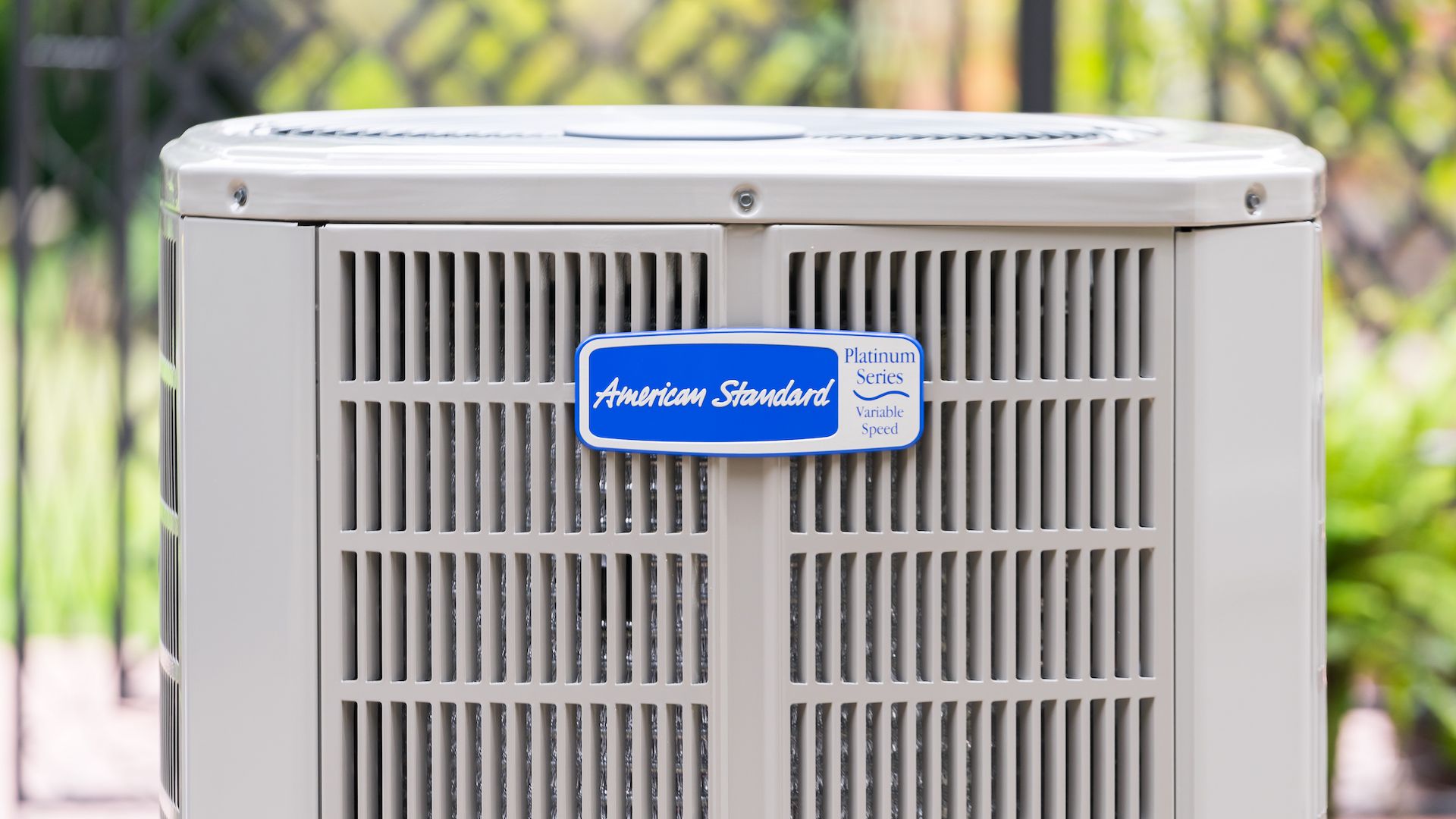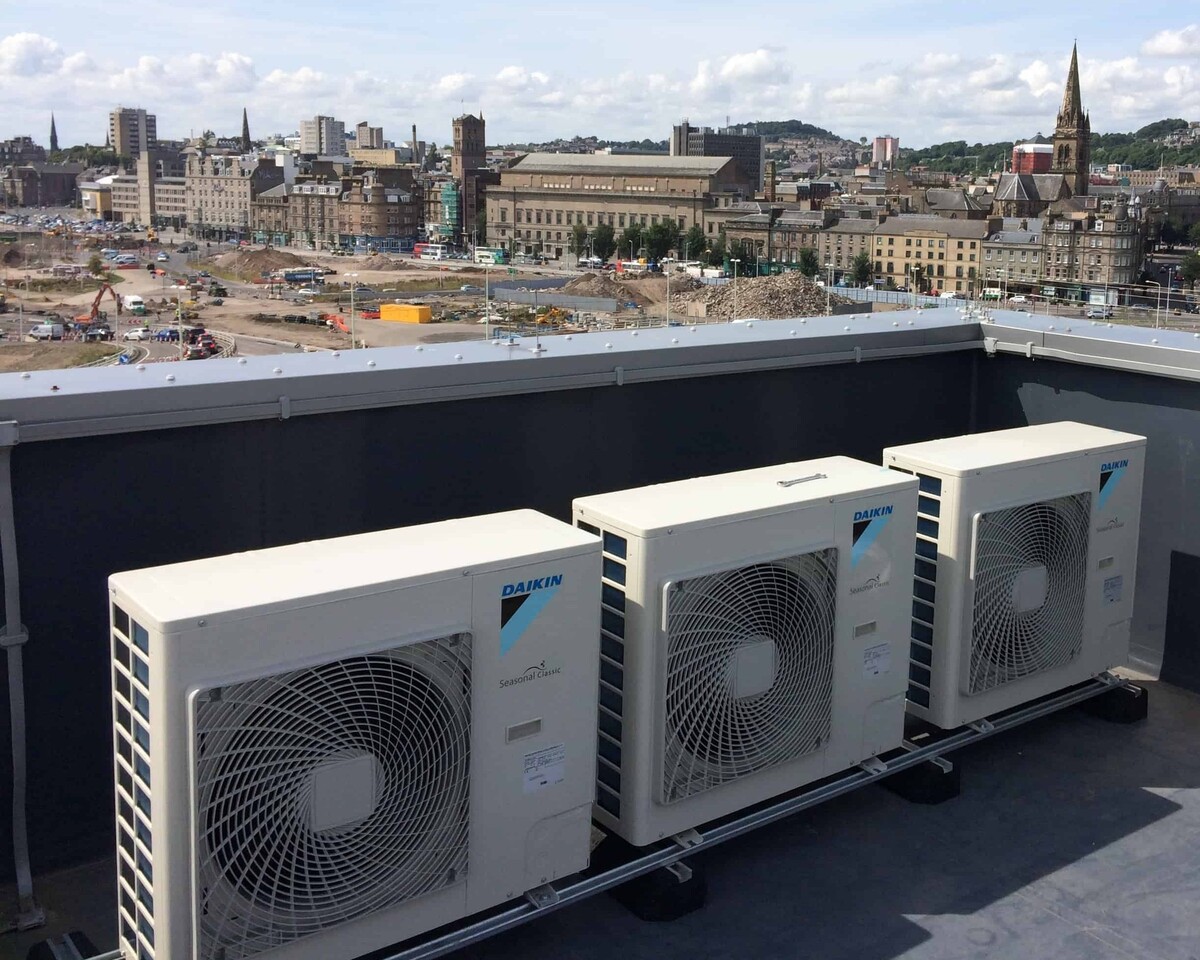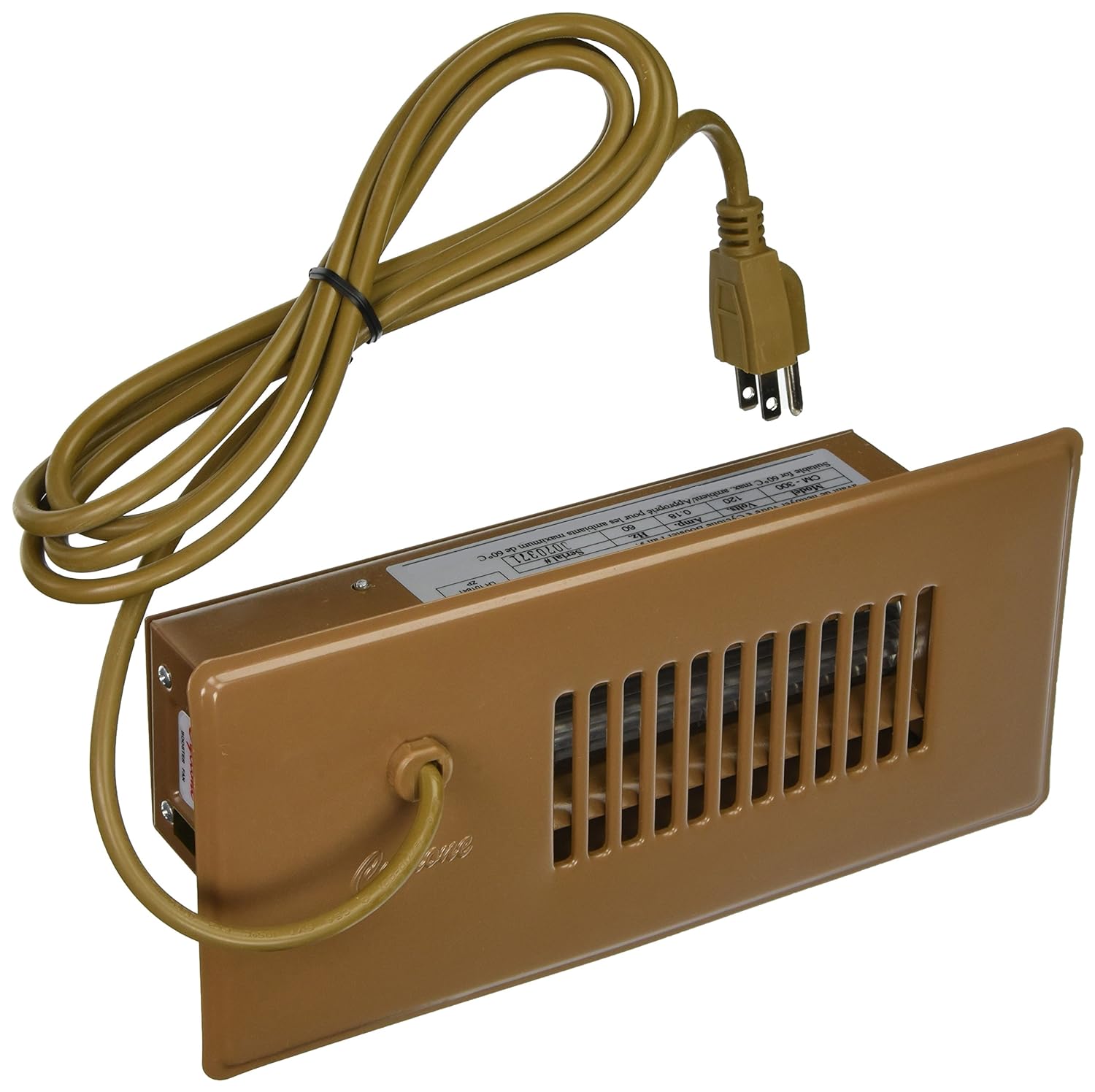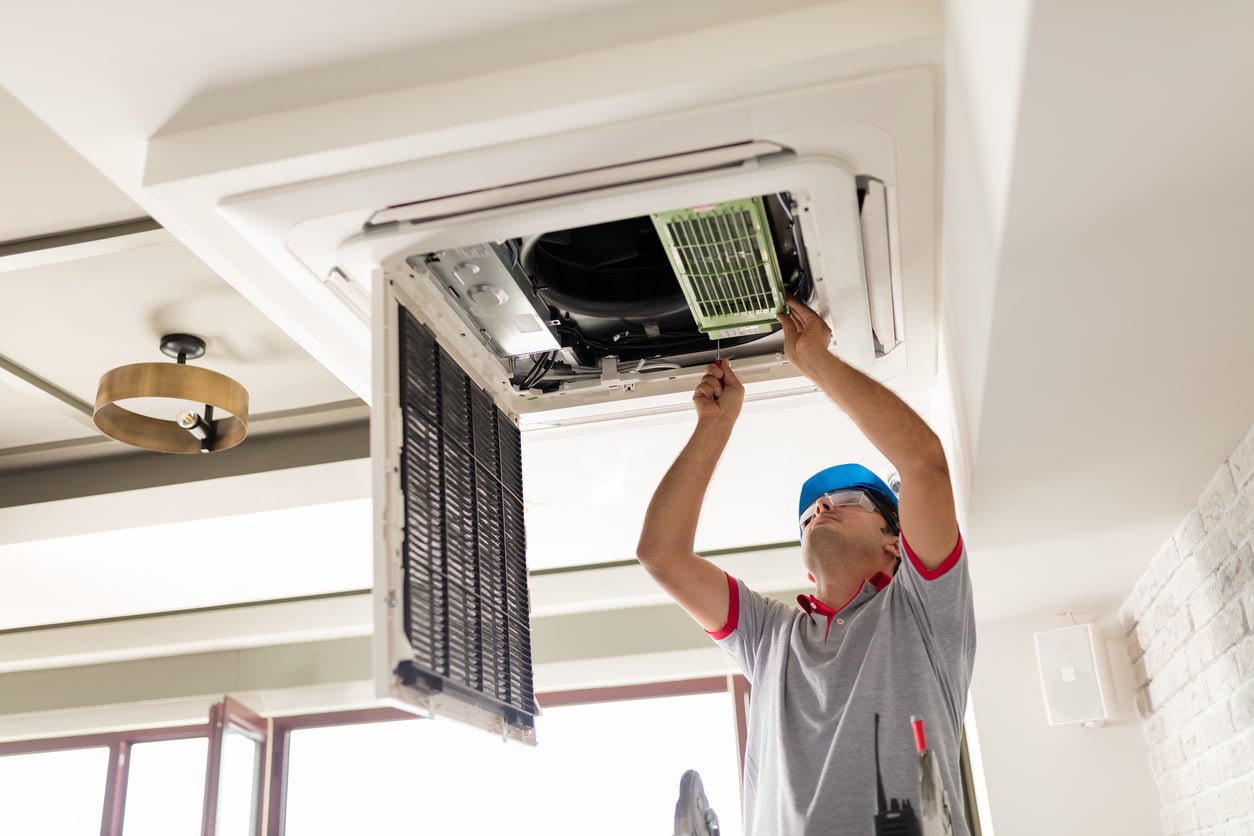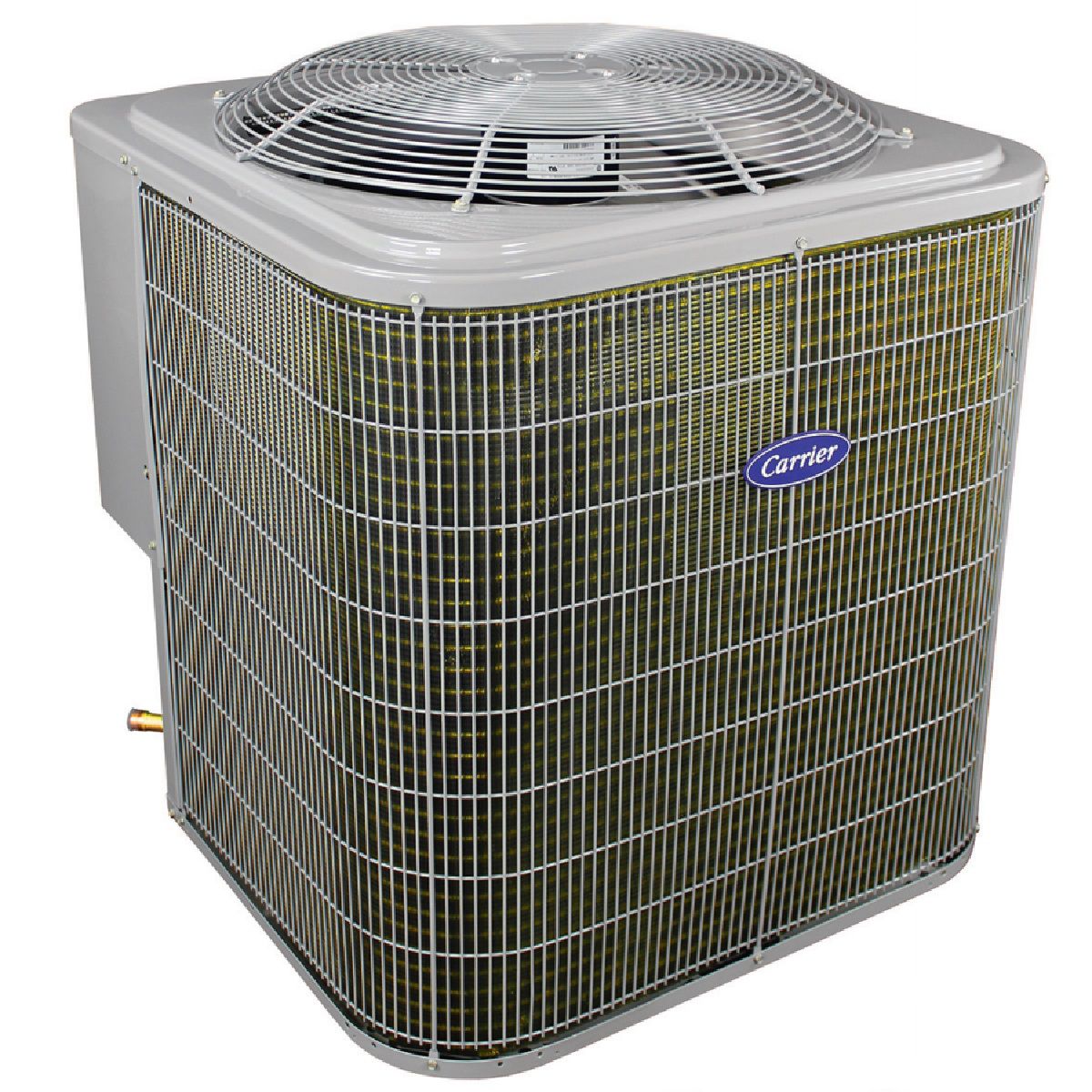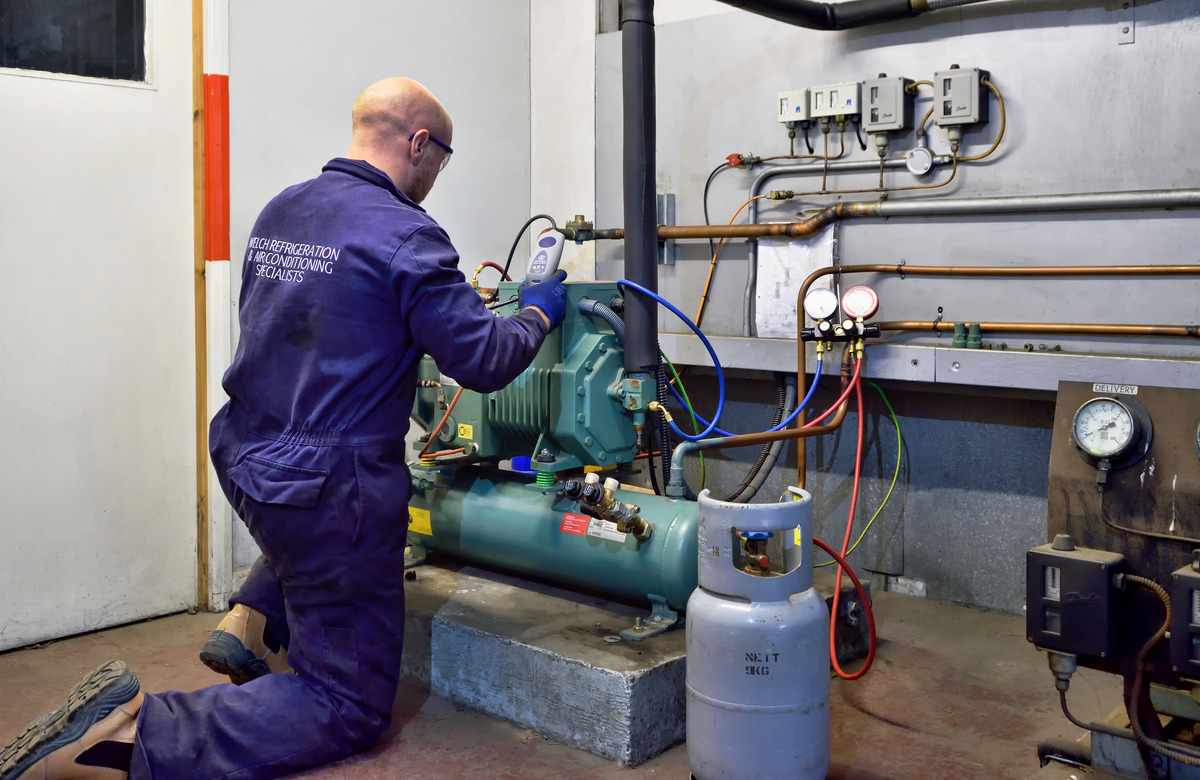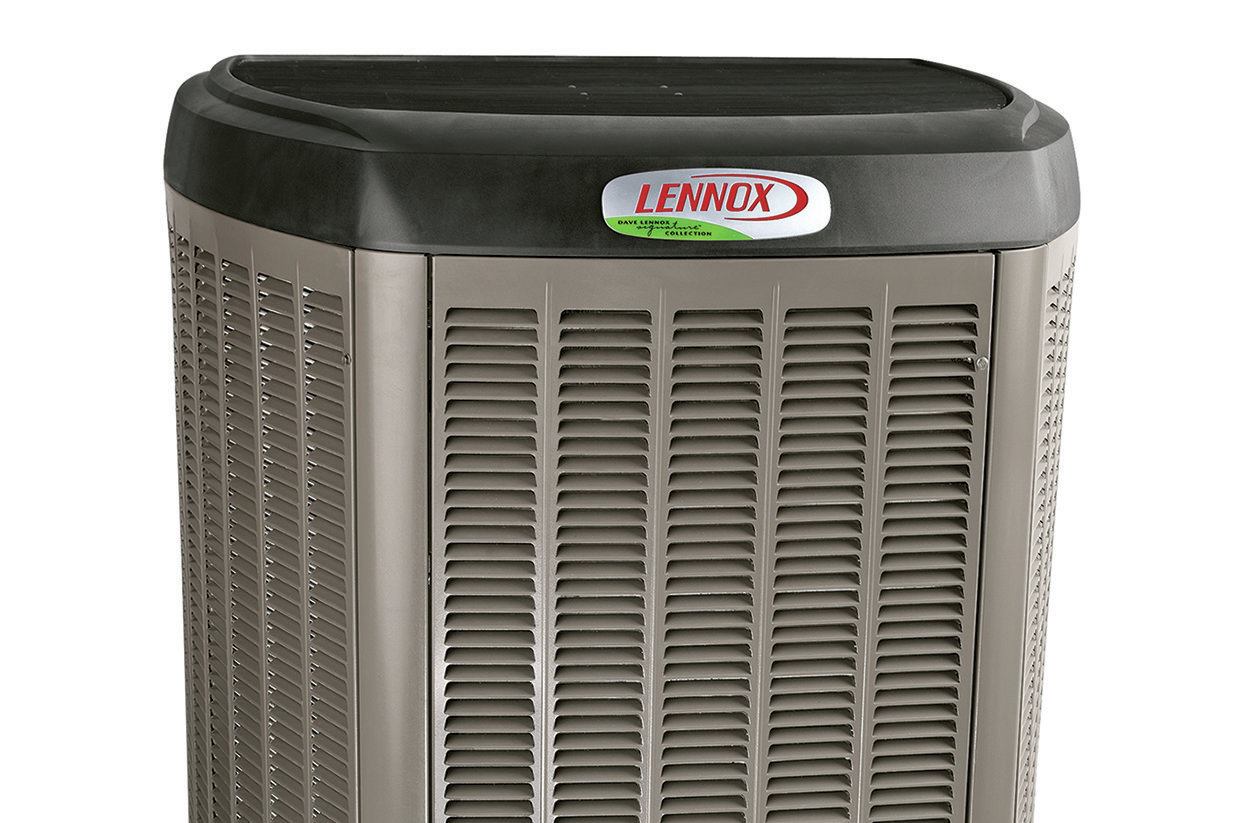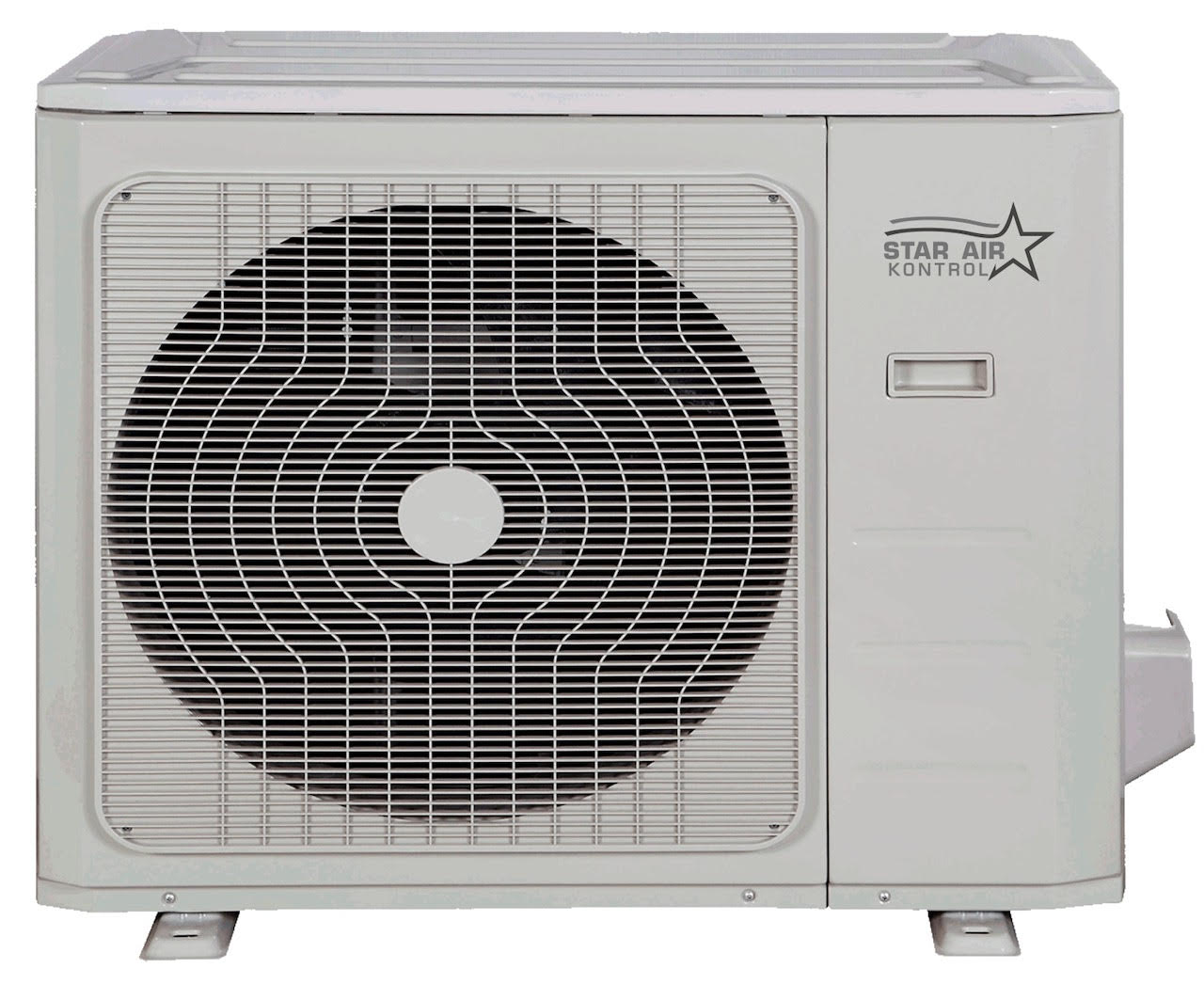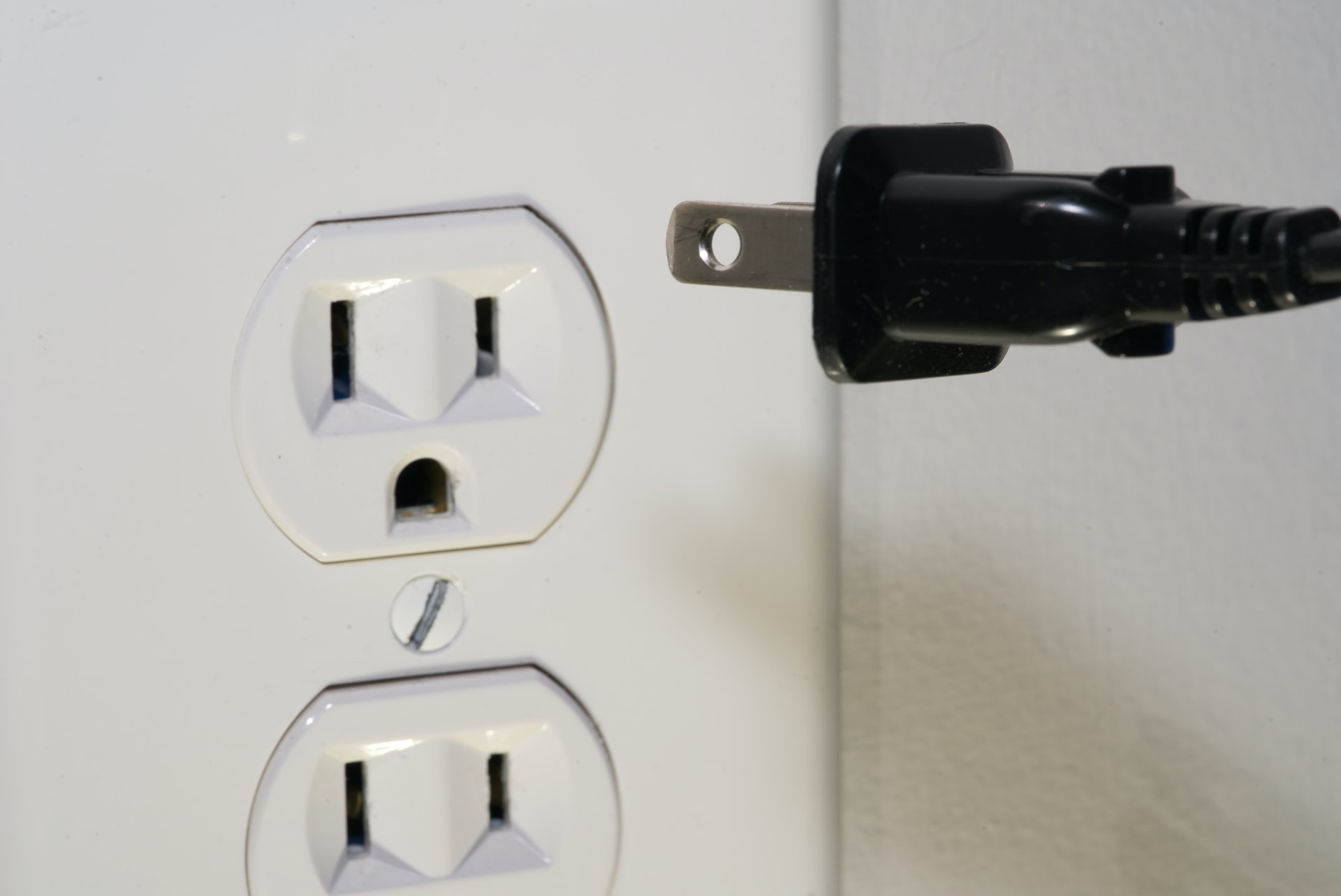Home>Home Maintenance>Which NFPA Standard Deals With Air Conditioning And Ventilating Systems
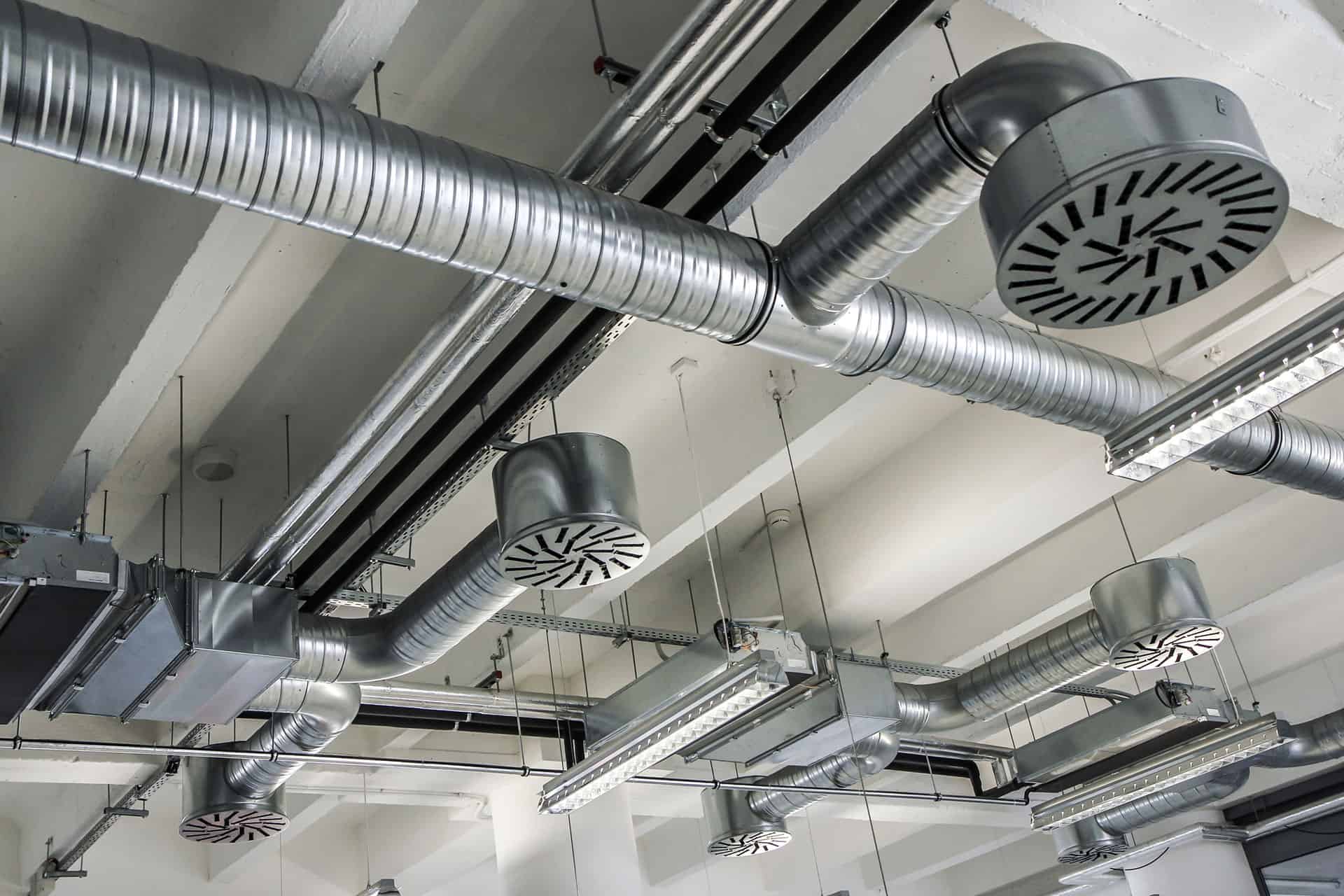

Home Maintenance
Which NFPA Standard Deals With Air Conditioning And Ventilating Systems
Modified: March 6, 2024
Learn about the NFPA standard for air conditioning and ventilating systems in home maintenance. Ensure compliance and safety with our comprehensive guide.
(Many of the links in this article redirect to a specific reviewed product. Your purchase of these products through affiliate links helps to generate commission for Storables.com, at no extra cost. Learn more)
Introduction
Welcome to the world of air conditioning and ventilating systems! These essential components of our homes and buildings play a crucial role in keeping us comfortable and healthy by regulating indoor temperature and air quality. However, ensuring the optimal performance and safety of these systems requires adherence to proper standards and guidelines.
One of the most important standards governing the design, installation, operation, and maintenance of air conditioning and ventilating systems is the National Fire Protection Association (NFPA) standard. This comprehensive set of regulations provides a framework to ensure the safety and efficiency of these systems, minimizing risks and promoting a healthy indoor environment.
In this article, we will explore the specific NFPA standard that deals with air conditioning and ventilating systems, understanding its scope, requirements, and the importance of compliance. Let’s delve into the details and gain a deeper understanding of how this standard impacts the design and operation of these essential systems.
Key Takeaways:
- NFPA 90A sets safety guidelines for air conditioning and ventilation systems, ensuring they minimize fire risks and provide healthy indoor air. Compliance is crucial for professionals and building owners to maintain safety and efficiency.
- Regular maintenance and adherence to NFPA 90A help ensure the ongoing safety and performance of air conditioning and ventilation systems. Compliance with the standard is essential to meet regulatory requirements and safeguard occupants and property.
Read more: Which Fuse Controls Air Conditioning
NFPA Standard for Air Conditioning and Ventilating Systems
The NFPA standard that specifically deals with air conditioning and ventilating systems is NFPA 90A: Standard for the Installation of Air Conditioning and Ventilating Systems. This standard provides guidelines for the design, installation, operation, and maintenance of these systems, with the primary focus on fire protection measures.
NFPA 90A sets out the requirements for both new construction and retrofit projects, ensuring that the systems are designed and installed in accordance with recognized safety practices. The standard covers various aspects, including the design and layout of equipment and components, ductwork and air distribution, air filters and purification, ventilation and exhaust systems, and fire protection measures.
The standard is regularly updated to incorporate the latest advancements and industry practices, reflecting the evolving understanding of fire safety and ventilation requirements. Compliance with NFPA 90A is essential for contractors, designers, and building owners to ensure the safety and efficiency of their air conditioning and ventilating systems.
It is important to note that NFPA 90A primarily focuses on fire protection measures related to these systems. Therefore, it works in conjunction with other relevant NFPA standards that govern specific aspects of air conditioning and ventilation, such as NFPA 90B: Standard for the Installation of Warm Air Heating and Air Conditioning Systems and NFPA 96: Standard for Ventilation Control and Fire Protection of Commercial Cooking Operations.
By following the guidelines outlined in NFPA 90A, professionals can ensure that air conditioning and ventilating systems are designed, installed, and maintained in a manner that minimizes fire hazards and promotes the safety of occupants and property. Compliance with this standard also aids in achieving optimum energy efficiency and indoor air quality.
Next, we will explore the scope and purpose of NFPA 90A in more detail, gaining a better understanding of the specific requirements outlined in the standard.
Scope and Purpose
The scope of NFPA 90A encompasses a wide range of air conditioning and ventilating systems, including those used in residential, commercial, and industrial applications. The standard applies to both new construction projects and renovations, ensuring that all installations meet the necessary fire protection requirements.
The primary purpose of NFPA 90A is to establish minimum safety standards to prevent the spread of fire and smoke through air conditioning and ventilating systems. This standard addresses the potential fire hazards associated with these systems, such as the accumulation of combustible materials, improper installation, and inadequate maintenance.
The standard sets out specific requirements for system design, installation, and maintenance to minimize the risk of fire, protect occupants, and safeguard property. It also emphasizes the significance of proper ventilation and air distribution to ensure the efficient operation of these systems while maintaining acceptable indoor air quality.
Additionally, NFPA 90A provides guidance on the integration of fire protection features such as smoke and fire dampers, fire-resistant ductwork, and fire-rated enclosures. These measures help contain and limit the spread of fire within air conditioning and ventilation systems, protecting escape routes and allowing occupants to evacuate safely in the event of a fire.
By adhering to the requirements outlined in NFPA 90A, professionals can ensure that air conditioning and ventilating systems are installed and operated in a manner that minimizes fire risks and complies with recognized safety practices. This contributes to the overall fire safety of buildings and helps prevent catastrophic events.
Next, we will explore the definitions provided by NFPA 90A to clarify key terms and concepts used throughout the standard.
Definitions
Understanding the definitions provided in NFPA 90A is crucial for interpreting and implementing the standard’s requirements accurately. Here are some key terms and concepts defined within the standard:
- Air Conditioning System: Refers to a combination of heating, cooling, and humidity control equipment and the distribution system, designed to provide a desired indoor environment.
- Ventilating System: Encompasses equipment and components used to provide fresh air to and remove stale air from a building or space.
- Fire Damper: A device located in air distribution or exhaust systems that automatically closes to restrict the spread of fire and smoke when activated by heat or smoke detectors.
- Combustible Material: Refers to any substance capable of igniting and burning under normal atmospheric conditions.
- Smoke Damper: Similar to a fire damper, a smoke damper restricts the flow of smoke through ducts and is typically operated by a smoke detection system.
- Duct: A closed conduit or channel used for conveying air in HVAC systems, including supply, return, and exhaust air ducts.
- Return Air: The air extracted from a conditioned space and returned to the air handler or system for reconditioning and redistribution.
- Fire Resistance Rating: A measure of a material or assembly’s ability to resist the spread of fire, determined in accordance with recognized testing standards.
These definitions provide clarity and establish a common understanding of the terms used throughout NFPA 90A. By having a clear understanding of these terms, professionals can ensure accurate compliance with the standard’s requirements and effectively implement measures to enhance fire safety and system performance.
Now that we have a foundation of key definitions, let’s dive into the general requirements set forth in NFPA 90A for air conditioning and ventilating systems.
General Requirements
NFPA 90A establishes general requirements that apply to air conditioning and ventilating systems to ensure their safe and efficient operation. These requirements serve as the foundation for the design, installation, and maintenance of these systems. Here are some of the key general requirements outlined in the standard:
- System Classification: NFPA 90A categorizes air conditioning and ventilating systems based on their size, capacity, and usage. The classification helps determine the applicable requirements and design considerations for each system.
- Clearance and Access: The standard specifies the minimum clearances required around equipment, such as air handlers, compressors, and fans, to ensure safe operation and ease of maintenance. It also outlines access requirements for equipment, ductwork, and other components to facilitate inspection and maintenance.
- Identification and Marking: Proper identification and marking of equipment, ducts, and components are essential for easy identification, maintenance, and troubleshooting. NFPA 90A provides guidelines for the appropriate labeling and marking of various system elements.
- Fire and Smoke Dampers: The standard requires the installation of fire and smoke dampers at specified locations, such as duct penetrations through fire-rated walls or partitions, to prevent the spread of fire and smoke within the system. These dampers must meet certain performance criteria and be tested and maintained regularly.
- Mechanical and Electrical Components: NFPA 90A specifies requirements for the selection, installation, and operation of mechanical and electrical components, including fans, motors, filters, and controls. These requirements ensure that the components are suitable for their intended use and are installed correctly.
- Fire Protection Measures: The standard emphasizes the importance of fire safety measures within air conditioning and ventilating systems. These measures include fire-rated ductwork, fire-resistant enclosures, proper sealing of duct joints and penetrations, and the use of noncombustible or fire-retardant insulation.
- Emergency Operation: NFPA 90A requires the provision of emergency operation features for air handling systems, such as emergency power supply and smoke control capabilities, to ensure the continued operation of these systems during power outages or fire incidents.
Compliance with these general requirements ensures that air conditioning and ventilating systems are properly designed, installed, and maintained, reducing the risk of fire and promoting a safe indoor environment. Meeting these requirements not only enhances the safety and efficiency of the systems but also contributes to the overall fire protection of buildings and occupant well-being.
Next, let’s explore the specific requirements related to system design and installation outlined in NFPA 90A.
System Design and Installation
The design and installation of air conditioning and ventilating systems play a critical role in their performance, energy efficiency, and compliance with fire safety standards. NFPA 90A provides specific requirements to guide professionals through the design and installation process. Here are some key aspects covered in the standard:
- Load Calculations: Proper load calculations are essential to determine the heating and cooling requirements of a space. NFPA 90A stipulates that calculations should be based on recognized methods and take into account factors such as building orientation, insulation, occupancy type, and internal heat gain.
- Equipment Selection: The standard outlines requirements for selecting air conditioning and ventilating equipment based on the calculated load and other building parameters. Equipment should be appropriately sized, rated, and selected to meet the identified heating, cooling, and ventilation needs.
- Installation Practices: NFPA 90A specifies proper installation practices, including requirements for the installation of equipment, ductwork, and components. Proper clearances, support, bracing, and sealing of duct joints are among the critical installation considerations outlined in the standard.
- Duct Insulation and Sealing: The standard provides guidelines for the insulation and sealing of ductwork to minimize energy loss, improve system efficiency, and ensure proper air distribution. It specifies insulation materials and thickness, as well as requirements for sealing joints and connections.
- Vibration and Noise Control: NFPA 90A requires measures to control vibration and noise generated by air conditioning and ventilating systems. It specifies isolation methods, vibration dampers, and acoustical treatments to minimize the transmission of noise and vibrations into occupied spaces or neighboring areas.
- Fire and Smoke Dampers: The installation and placement of fire and smoke dampers are critical aspects of system design and installation. NFPA 90A specifies the types, sizes, and locations of dampers based on fire resistance ratings of walls, partitions, and duct penetrations.
- Air Balancing: Proper air balancing ensures that the required airflow is distributed evenly throughout the building or space. NFPA 90A emphasizes the importance of balancing air supply and return systems to maintain optimal system performance and prevent issues such as air pressure imbalances and inadequate ventilation.
By adhering to these system design and installation requirements, professionals can ensure that air conditioning and ventilating systems are designed and installed to operate safely, efficiently, and in compliance with recognized industry standards. Attention to detail during the design and installation process is crucial for the long-term performance and reliability of these systems.
Next, let’s explore the requirements related to equipment and components specified in NFPA 90A.
Equipment and Components
NFPA 90A provides specific guidelines for the selection, installation, and operation of equipment and components used in air conditioning and ventilating systems. These requirements ensure that the equipment and components are suitable for their intended purposes and contribute to the overall safety and performance of the system. Here are some key aspects covered in the standard:
- Air Handling Units (AHUs): NFPA 90A outlines requirements for the construction, installation, and operation of AHUs. It specifies the use of materials with appropriate fire resistance ratings, the need for proper access and clearances, and guidelines for the installation of fans, filters, coils, and dampers within AHUs.
- Ductwork: The standard provides guidelines for the selection, installation, and maintenance of ductwork in air conditioning and ventilating systems. It addresses aspects such as duct materials, insulation, dimensions, supports, bracing, and sealing of joints to prevent air leakage and ensure efficient air distribution.
- Fans, Motors, and Drives: NFPA 90A specifies requirements for fans, motors, and drives used in air conditioning and ventilating systems. This includes considerations for proper sizing, installation, and maintenance, as well as requirements for fan enclosures, motor ventilation, and belt drives.
- Air Filters: The standard sets forth requirements for air filters used in air conditioning and ventilating systems. It specifies minimum filtration efficiencies, installation guidelines, and maintenance practices to ensure proper indoor air quality and system performance.
- Coils and Heat Exchangers: NFPA 90A addresses the selection, installation, and maintenance of coils and heat exchangers used in air conditioning and ventilating systems. It ensures that appropriate materials are used, proper clearances are maintained, and regular inspection and cleaning are performed to promote efficient heat transfer and prevent issues such as fouling or corrosion.
- Control Systems: The standard outlines requirements for control systems used in air conditioning and ventilating systems. It covers considerations such as proper equipment interlocks, monitoring of system parameters, and the integration of smoke detection and fire alarm systems to enhance fire safety and overall system control.
- Exhaust Systems: NFPA 90A provides guidelines for the design and installation of exhaust systems, including requirements for hoods, ductwork, and fans. It addresses issues such as proper capture velocity, duct material selection, fire protection measures, and odor control, depending on the specific application.
Compliance with these equipment and component requirements ensures that air conditioning and ventilating systems are equipped with suitable and properly installed components. This contributes to the overall performance, safety, and longevity of the systems while promoting energy efficiency and maintaining indoor air quality.
Next, we will delve into the requirements specified in NFPA 90A regarding ductwork and air distribution systems.
NFPA 90A is the standard for air conditioning and ventilating systems. It covers the construction, installation, operation, and maintenance of these systems to ensure safety.
Ductwork and Air Distribution
NFPA 90A provides specific requirements for the design, installation, and maintenance of ductwork and air distribution systems in air conditioning and ventilating systems. These guidelines ensure efficient and effective airflow, proper ventilation, and compliance with fire safety standards. Here are key aspects covered in the standard:
- Duct Materials: NFPA 90A specifies requirements for the selection and use of duct materials based on their fire resistance and compliance with recognized standards. It emphasizes the need for noncombustible or fire-rated materials in certain applications and provides guidance on the use of insulation materials with appropriate fire ratings.
- Clearances and Support: The standard outlines clearances and support requirements for ductwork to ensure proper installation and prevent mechanical damage. It addresses aspects such as the distance between ducts and other building elements, proper supports and braces, and prevention of duct collapse or deformation.
- Air Balancing and Velocity Control: NFPA 90A emphasizes the importance of air balancing to achieve proper airflow distribution within the system. It provides guidelines for the measurement and adjustment of airflows to achieve the intended design conditions. Additionally, the standard sets limits on air velocities to control noise levels and prevent damage to ductwork and components.
- Duct Insulation: Proper insulation of ductwork is essential to control condensation, prevent heat loss or gain, and reduce energy consumption. NFPA 90A specifies insulation requirements based on the temperature and location of the ducts within the system. It also sets guidelines for the installation and maintenance of insulation materials to ensure their effectiveness.
- Duct Sealing: Adequate sealing of duct joints and connections is crucial to prevent air leakage, maintain system efficiency, and prevent the spread of fire and smoke within the ductwork. The standard provides guidelines for the use of appropriate sealing materials and methods to achieve tight connections and minimize air leakage.
- Fire and Smoke Dampers: NFPA 90A mandates the installation of fire and smoke dampers in ducts that penetrate fire-rated walls, partitions, or floors. It sets specific requirements for the type, size, location, and testing of these dampers to prevent the spread of fire and smoke through the ductwork.
- Air Filters: The standard addresses the selection and proper installation of air filters within the ductwork. It specifies minimum filtration efficiencies, pressure drop limits, and filter access requirements to ensure effective air cleaning and maintain indoor air quality.
Adhering to these ductwork and air distribution requirements outlined in NFPA 90A ensures that air conditioning and ventilating systems achieve efficient airflow, provide adequate ventilation, and comply with fire safety standards. Properly designed and installed ductwork and air distribution systems help maintain optimal system performance, energy efficiency, and occupant comfort.
Next, let’s explore the specific requirements related to air filters and air purification measures in NFPA 90A.
Air Filters and Purification
Proper air filtering and purification are essential components of air conditioning and ventilating systems to maintain good indoor air quality. NFPA 90A includes specific requirements for air filters and purification measures to ensure the removal of contaminants and promote a healthy environment. Let’s explore these requirements in more detail:
- Selection of Air Filters: The standard specifies the minimum filtration efficiency requirements for air filters based on the intended application. It defines different filter classes, such as MERV (Minimum Efficiency Reporting Value), and establishes the recommended filter selection based on the type and expected level of airborne contaminants.
- Filter Installation: NFPA 90A provides guidelines for proper filter installation. It outlines the location and placement of filters within the system, ensuring that they are easily accessible for inspection and replacement. The standard also emphasizes the need for proper filter seals to prevent bypassing of unfiltered air.
- Filter Maintenance: Regular filter maintenance is crucial to ensure the continuous and effective removal of contaminants. The standard emphasizes the importance of establishing a filter maintenance program that includes inspection, cleaning or replacement, and documentation of these activities. It sets out guidelines for the frequency of filter maintenance based on system usage and environmental conditions.
- Air Purification Measures: In addition to air filtration, NFPA 90A recognizes the importance of air purification measures to further enhance indoor air quality. It encourages the use of additional technologies, such as UV germicidal irradiation systems, electronic air cleaners, and activated carbon filters, to remove or neutralize biological contaminants, volatile organic compounds (VOCs), and odors.
- Contaminant Control: The standard addresses contaminant control measures, such as the removal of materials and debris from air distribution systems during installation and maintenance. Proper cleaning and sanitization practices are recommended to prevent the accumulation of dust, mold, and other pollutants that could impact indoor air quality.
- Monitoring and Testing: NFPA 90A highlights the importance of monitoring and testing air filters and air purification measures to verify their performance. It encourages periodic testing of filters to ensure that they meet the required efficiency levels and recommends monitoring of air quality parameters such as carbon dioxide levels, particulate matter, and VOCs to ensure the effectiveness of the purification measures.
By following the air filter and purification requirements established in NFPA 90A, professionals can ensure that air conditioning and ventilation systems effectively remove contaminants from the air and provide clean, healthy indoor environments. Regular filter maintenance and the implementation of appropriate air purification measures contribute to improved air quality, occupant comfort, and overall well-being.
Next, let’s explore the requirements related to ventilation and exhaust systems outlined in NFPA 90A.
Read more: Which Range Hood Is the Quietest?
Ventilation and Exhaust
Ventilation and exhaust systems are crucial components of air conditioning systems, ensuring proper air circulation, removing stale air, and maintaining a healthy indoor environment. NFPA 90A provides specific requirements for ventilation and exhaust systems to promote adequate airflow and comply with fire safety standards. Let’s explore these requirements in more detail:
- Ventilation Rates: The standard outlines the minimum ventilation rates required for different occupancies and spaces based on the number of occupants, activity levels, and pollutant generation. It ensures that the ventilation system provides sufficient outdoor air to dilute indoor pollutants and maintain acceptable indoor air quality.
- Outdoor Air Intakes: NFPA 90A specifies guidelines for the location and design of outdoor air intakes to prevent the intake of contaminated air and minimize the impact of external factors like weather conditions and nearby sources of pollutants. It sets requirements for the distance from potential pollutant sources and the protection of the intake openings.
- Dilution and Exhaust Systems: The standard addresses the design and installation of dilution and exhaust systems to remove contaminants generated within a space. It provides requirements for the capture and removal of these contaminants, ensuring that they are properly vented outdoors to prevent their accumulation inside the building.
- Make-up Air: NFPA 90A specifies the need for make-up air when exhaust systems are in operation to maintain a balanced air distribution within the building. It outlines requirements for the supply of replacement air to compensate for the air removed by the exhaust systems, preventing negative pressure and associated issues.
- Economizer Systems: The standard encourages the use of economizer systems in ventilation systems to improve energy efficiency. It provides guidelines for the design and installation of these systems, which allow for the utilization of outdoor air for free cooling when outdoor conditions are favorable.
- Smoke Control Measures: NFPA 90A addresses the integration of smoke control measures within ventilation systems, especially in high-rise buildings and large enclosed spaces. It provides guidelines for the design and installation of smoke control systems, including requirements for smoke extraction, containment, and pressurization.
- System Monitoring and Testing: The standard emphasizes the importance of monitoring and testing ventilation and exhaust systems to ensure their proper operation and effectiveness. This includes regular inspection, testing of fans and airflow rates, calibration of control devices, and documentation of these activities to verify compliance with the standard.
Complying with these ventilation and exhaust system requirements outlined in NFPA 90A ensures that air conditioning systems effectively circulate fresh air, remove pollutants, and maintain a healthy indoor environment. Proper design, installation, and ongoing monitoring of these systems contribute to improved indoor air quality, occupant comfort, and overall building safety.
Next, let’s explore the fire protection measures specified in NFPA 90A for air conditioning and ventilating systems.
Fire Protection Measures
Fire protection measures are a critical aspect of air conditioning and ventilating systems to minimize the risk of fire spread and protect occupants and property. NFPA 90A establishes specific requirements for fire protection within these systems. Let’s explore these fire protection measures in more detail:
- Fire-Rated Construction: The standard requires the use of fire-rated construction materials, such as fire-resistant ductwork, fire-rated walls, partitions, and enclosures. These measures help to contain fire and prevent its spread within the system and throughout the building.
- Fire and Smoke Dampers: NFPA 90A mandates the installation of fire and smoke dampers in ductwork and system components to restrict the spread of smoke and flames. These dampers are typically triggered by heat or smoke detectors, closing automatically to block the passage of fire and smoke.
- Fire and Smoke Detection: The standard emphasizes the importance of fire and smoke detection within air conditioning and ventilating systems. It outlines the integration of detection devices, such as smoke detectors and flame detectors, with HVAC control systems to provide early warning and initiate appropriate response actions in the event of a fire.
- Fire Suppression Systems: NFPA 90A addresses the integration of fire suppression systems, such as sprinklers or gaseous suppression systems, within air conditioning and ventilating systems. It provides guidelines for their design, installation, and maintenance to ensure prompt and effective fire suppression, minimizing potential damage and protecting critical equipment.
- Firestop Systems: The standard specifies the use of firestop systems to seal penetrations and joints in fire-rated walls, partitions, and floors. These systems prevent the spread of fire and smoke through openings created by ducts, conduits, or other penetrations.
- Emergency Power and Shutdown Controls: NFPA 90A requires the provision of emergency power systems and shutdown controls for air conditioning and ventilating systems. These measures ensure the continued operation of essential systems during power outages or fire incidents and facilitate the safe evacuation of occupants.
- Maintenance and Inspections: Regular maintenance and inspections are crucial to ensure the ongoing effectiveness of fire protection measures. The standard emphasizes the need for periodic inspections, functional testing of fire and smoke dampers, testing of fire suppression systems, and maintenance of detection devices to verify their proper operation and compliance.
By implementing these fire protection measures as specified in NFPA 90A, professionals can enhance the safety of air conditioning and ventilating systems and reduce the potential risks associated with fire incidents. These measures contribute to the overall fire safety of the building, protect occupants, and aid in the preservation of property and critical equipment.
Next, let’s explore the requirements related to the maintenance and inspection of air conditioning and ventilating systems as outlined in NFPA 90A.
Maintenance and Inspection
Maintenance and inspection are crucial aspects of ensuring the continued safe and efficient operation of air conditioning and ventilating systems. NFPA 90A outlines specific requirements for the maintenance and inspection of these systems. Let’s take a closer look at these requirements:
- Maintenance Procedures: The standard emphasizes the importance of establishing and implementing a comprehensive maintenance program for air conditioning and ventilating systems. It includes guidelines for routine maintenance activities such as filter replacement, cleaning of coils and components, lubrication of moving parts, inspection of wiring and electrical connections, and calibration of sensors and controls.
- Inspection Frequency: NFPA 90A specifies the frequency of inspections for different components and systems. It outlines regular inspection intervals for critical elements such as fire and smoke dampers, detection systems, fire suppression systems, exhaust and ventilation systems, and overall system operation.
- Testing and Records: The standard requires functional testing of critical components such as fire and smoke dampers, fire suppression systems, and detection devices. It also emphasizes the importance of maintaining accurate records of maintenance and inspection activities, including dates, findings, repairs, and any necessary corrective actions taken.
- Cleaning of Ductwork: Proper cleaning of ductwork is essential to maintain system efficiency and prevent the accumulation of dust, debris, and contaminants. NFPA 90A provides guidance on duct cleaning methods, frequency, and verification to ensure that the ductwork remains clean and free from potential fire hazards.
- Verification of Compliance: The standard requires the verification of compliance with the requirements outlined in NFPA 90A. This includes conducting field inspections, functional testing, and measurements to ensure that the installed systems and components meet the specified standards and are in proper working condition.
- Documentation: NFPA 90A emphasizes the importance of documentation throughout the maintenance and inspection process. This includes maintaining records of maintenance activities, inspection results, testing procedures, repairs performed, and any modifications made to the systems. This documentation is essential for demonstrating compliance and tracking the history of system performance and maintenance.
Adhering to the maintenance and inspection requirements in NFPA 90A ensures that air conditioning and ventilating systems are properly maintained, providing efficient operation, and minimizing the risk of malfunctions or fire hazards. Regular inspections, functional testing, and accurate documentation contribute to the overall safety, performance, and longevity of these systems.
Next, let’s explore the compliance and enforcement aspects related to NFPA 90A.
Compliance and Enforcement
Ensuring compliance with the requirements outlined in NFPA 90A is crucial to maintaining the safety and performance of air conditioning and ventilating systems. Compliance with this standard helps to minimize fire hazards and promote a healthy indoor environment. Let’s take a closer look at the compliance and enforcement aspects:
Compliance:
- Design and Installation: Professionals, including contractors and designers, must adhere to the design and installation requirements specified in NFPA 90A. This includes following proper procedures, selecting appropriate materials and components, and incorporating fire protection measures into the systems.
- Maintenance and Inspections: Building owners and facility managers have a responsibility to establish and follow a scheduled maintenance program for their air conditioning and ventilating systems. They must conduct regular inspections, perform necessary maintenance tasks, and keep accurate records to demonstrate compliance.
- Codes and Regulations: Compliance with NFPA 90A is often required by local building codes and regulations. Building officials, fire departments, or other enforcing authorities ensure adherence to the standard during plan reviews, construction inspections, and routine examinations of systems and facilities.
- Manufacturer Guidelines: It is important to follow the manufacturer’s guidelines and instructions provided for specific equipment and components within the air conditioning and ventilating systems. This includes proper installation, maintenance, and usage as recommended by the manufacturer.
Enforcement:
- Inspections and Audits: Authorities responsible for enforcing building codes and regulations may conduct inspections and audits to verify compliance with NFPA 90A. This includes examining system designs, installation records, maintenance logs, and other relevant documentation.
- Penalties and Consequences: Non-compliance with NFPA 90A can lead to penalties, fines, and legal consequences. Building owners and professionals involved in the design or installation of air conditioning and ventilating systems may face legal liability if their systems do not meet the required standards and pose a risk to safety.
- Education and Training: Education and training programs play a vital role in promoting compliance with NFPA 90A. Providing professionals with the necessary knowledge and skills ensures that they understand the standard’s requirements and can implement them effectively.
- Continual Improvement: As with any industry standard, NFPA 90A is subject to updates and revisions. Staying informed about the latest version of the standard and implementing changes as required helps ensure ongoing compliance and the adoption of evolving best practices in fire protection and system performance.
Compliance with NFPA 90A is essential to safeguarding the safety, performance, and efficiency of air conditioning and ventilating systems. By following the standard’s requirements and being aware of the enforcement measures, professionals and building owners can contribute to a safer built environment and provide occupants with a comfortable and secure indoor environment.
Now let’s conclude our discussion.
Read also: 9 Amazing Air Fryer Deals for 2024
Conclusion
Understanding and adhering to the NFPA 90A standard is crucial for the design, installation, maintenance, and compliance of air conditioning and ventilating systems. This standard provides comprehensive guidelines and requirements that ensure the safety, efficiency, and performance of these systems while minimizing fire hazards and promoting a healthy indoor environment.
Throughout this article, we explored various aspects of NFPA 90A, including its scope and purpose, definitions, general requirements, system design and installation, equipment and components, ductwork and air distribution, air filters and purification, ventilation and exhaust, fire protection measures, maintenance and inspection, and compliance and enforcement.
By following NFPA 90A, professionals can design and install air conditioning and ventilating systems that meet recognized safety practices, reduce the risk of fire spread, and enhance occupant safety. Routine maintenance, inspections, and adherence to manufacturer guidelines play a vital role in the ongoing performance and efficiency of these systems.
Compliance with the standard not only helps ensure a healthy indoor environment but also assists in meeting regulatory requirements and building codes. Authorities responsible for enforcing these regulations conduct inspections and audits to verify compliance. Failure to comply may lead to penalties and legal consequences.
In conclusion, air conditioning and ventilating systems are integral to maintaining comfort and indoor air quality in our homes and buildings. Adhering to the guidelines established in NFPA 90A ensures the safe and efficient operation of these systems, protecting occupants and property while promoting a healthier and more comfortable living and working environment.
Therefore, it is essential for professionals, building owners, and facility managers to familiarize themselves with NFPA 90A, implement its requirements, and stay informed about updates to continually improve the safety and performance of their air conditioning and ventilating systems.
Frequently Asked Questions about Which NFPA Standard Deals With Air Conditioning And Ventilating Systems
Was this page helpful?
At Storables.com, we guarantee accurate and reliable information. Our content, validated by Expert Board Contributors, is crafted following stringent Editorial Policies. We're committed to providing you with well-researched, expert-backed insights for all your informational needs.

